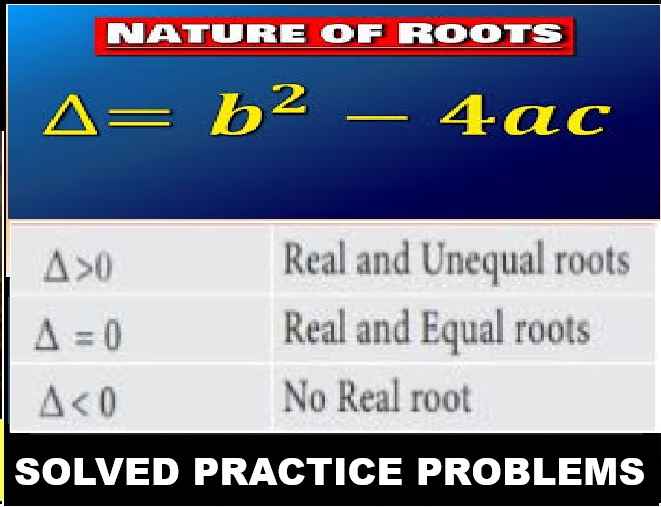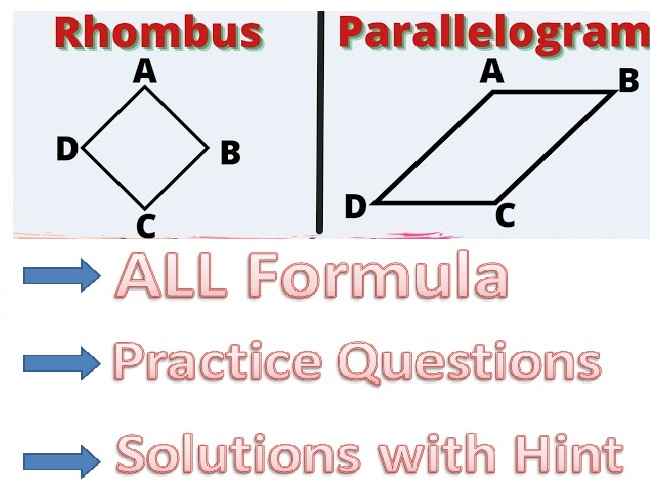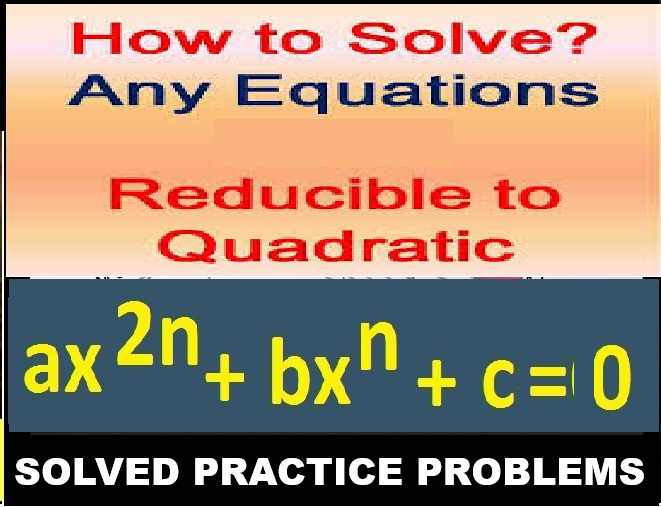Gauss Theorem MCQ Type Questions for ISC Class-12 Ch-2 Physics . These MCQ / Objective Type Questions is based on latest reduced syllabus according 2021-22 session on bifurcated pattern. Main motto of MCQ Type Question is cracking the next upcoming exam of council. Visit official website CISCE for detail information about ISC Board Class-12 Physics.
Physics for ISC Class-12 of Ch-2 Gauss Theorem MCQ Type Questions
| Board | ISC |
| Class | 12th (XII) |
| Subject | Physics |
| Chapter-2 | Gauss’ Theorem |
| Syllabus | on bifurcated syllabus (after reduction) |
| Session | 2021-22 |
| Topic | MCQ / Objective Type Question |
Ch-2 Gauss Theorem MCQ / Objective Type Questions in Physics for ISC Class-12
Question 1: The surface considered for Gauss’s law is called
(a) Closed surface
(b) Spherical surface
(c) Gaussian surface
(d) Plane surface
Answer : (c) Gaussian surface
Question 2: Gauss’s law will be invalid if
(a) there is magnetic monopoles.
(b) the inverse square law is not exactly true.
(c) the velocity of light is not a universal constant.
(d) none of these.
Answer : (b) the inverse square law is not exactly true.
Question 3: A charge Q is uniformly distributed over a large plastic plate. The electric field at a point P close to the centre of the plate is 10 V m−1. If the plastic plate is replaced by a copper plate of the same geometrical dimensions and carrying the same charge Q, the electric field at the point P will become
(a) zero
(b) 5 V m−1
(c) 10 V m−1
(d) 20 V m−1
Answer The option (C) 10 V m−1 is correct
The electric field due to both the plates,
Question-4 A metallic particle with no net charge is placed near a finite metal plate carrying a positive charge. The electric force on the particle will be
(a) towards the plate
(b) away from the plate
(c) parallel to the plate
(d) zero
Answer The option(a) towards the plate is correct
Now, the attractive force is due to charges of opposite polarity. As they are at a lesser distance than the same polarity charges, the force of attraction is greater than the force of repulsion. In other words, the force on the particle is towards the plate.
Question-5 A thin, metallic spherical shell contains a charge Q on it. A point charge q is placed at the centre of the shell and another charge q1 is placed outside it as shown in the following figure . All the three charges are positive. The force on the charge at the centre is .

(a) toward left
(b) towards right
(c) upward
Answer The option (d) zero is correct
Question-6 A thin, metallic spherical shell contains a charge Q on it. A point charge q is placed at the centre of the shell and another charge q1 is placed outside it as shown in the following figure . All the three charges are positive. The force on the central charge due to the shell is
(a) towards left
(b) towards right
(c) upward
(d) zero
Answer- The option (b) towards right is correct
We know that electric field lines emerge from a positive charge and move towards a negative charge. Now, charge Q, on the face in front of charge q1, tries to nullify the field lines emerging from charge q1. So, the charge on the farther face of the conductor dominates and, hence, a force appears to the right of charge q.
Question-7 Electric charges are distributed in a small volume. The flux of the electric field through a spherical surface of radius 10 cm surrounding the total charge is 25 V m. The flux over a concentric sphere of radius 20 cm will be .
(a) 25 V m
(b) 50 V m
(c) 100 V m
(d) 200 V m
Answer- The option (a) 25 V m is correct
The flux through a surface does not depend on its shape and size; it only depends upon the charge enclosed inside the volume. Here, the charge enclosed by the sphere of radius 10 cm and the sphere of radius 20 cm is same so the flux through them will also be same.
Question-8 Following Figure (a) shows an imaginary cube of edge L/2. A uniformly charged rod of length (L) moves towards the left at a small but constant speed ν. At t = 0, the left end just touches the centre of the face of the cube opposite it. Which of the graphs shown in the figure (b) represents the flux of the electric field through the cube as the rod goes through it?

(a) a
(b) b
(c) c
(d) d
Answer- The option(d) d is correct
At first, when the rod is inserted into the cube, the flux start increasing. When the rod is fully inserted, the flux becomes constant and remains constant for the remaining L/2 length of the rod. After that, as the rod moves out of the cube, the flux starts decreasing. These processes are depicted only by curve (d).
Question-9 A charge q is placed at the centre of the open end of a cylindrical vessel (see the figure). The flux of the electric field through the surface of the vessel is .

(a) zero
(b) q/εv
(c) q/2εv
(d) 2q/εv
Answer The option (c) q/2εv is correct
Question-10 Gauss’s law is valid for
(a) any closed surface
(b) only regular close surfaces
(c) any open surface
(d) only irregular open surfaces
Answer (a) any closed surface
Question-11 The electric field due to an infinitely long straight uniformly charged wire at a distance r is directly proportional to
(a) r
(b) r2
(c) 1/r
(d) 1/r2
Answer (c) 1/r
Question-12 The Gaussian surface
(a) can pass through a continuous charge distribution.
(b) cannot pass through a continuous charge distribution.
(c) can pass through any system of discrete charges.
(d) can pass through a continuous charge distribution as well as any system of discrete charges.
Answer (a) can pass through a continuous charge distribution.
Question-13 Charge motion within the Gaussian surface gives changing physical quantity
(a) electric field
(b) electric flux
(c) charge
(d) gaussian surface area
Answer (a) electric field
Question-14 Select the correct statements from the following.
I. The electric field due to a charge outside the Gaussian surface contributes zero net flux through the surface.
II. Total flux linked with a closed body, not enclosing any charge will be zero.
III. Total electric flux, if a dipole is enclosed by a surface is zero.
(a) I and II
(b) II and III
(c) I and III
(d) I, II and III
Answer (d) I, II and III
Question-15 Gauss’s law is true only if force due to a charge varies as
(a) r–1
(b) r–2
(c) r–
(d) r–4
Answer (b) r–2
Question-16 A hollow sphere of charge does not have electric field at
(a) outer point
(b) interior point
(c) beyond 2 m
(d) beyond 100 m
Answer (b) interior point
Question-17 What about Gauss’s theorem is not incorrect?
(a) It can be derived by using Coulomb’s Law
(b) It is valid for conservative field obeys inverse square root law
(c) Gauss’s theorem is not applicable in gravitation
(d) Both (a) & (b)
Answer (d) Both (a) & (b)
Question-18 A uniformly charged conducting sphere of 4.4 m diameter has a surface charge density of 60 μC m–2. The charge on the sphere is
(a) 7.3 × 10–3 C
(b) 3.7 × 10–6 C
(c) 7.3 × 10–6 C
(d) 3.7 × 10–3 C
Answer (d) 3.7 × 10–3 C
Question-19 In Gauss law formula, Q stands for?
(a) the electric constant
(b) total charge within the given surface
(c) magnetic field
(d) None of the above
Answer (b) total charge within the given surface
Question-20 The Gauss law is only a restatement of the Coulombs law.
(a) TRUE
(b) FALSE
(c) Can be true or false
(d) Can not say
Answer (a) TRUE
Question-21 The ___________ of Gauss law relates the electric field to the charge distribution at a particular point in space.
(a) integral form
(b) differential form
(c) coulomb form
(d) All of the above
Answer (b) differential form
Question-22 The Gaussian surface for a line charge will be
(a) Sphere
(b) Cube
(c) Cylinder
(d) Rectangle
Answer (c) Cylinder
Question-23 Gauss law can be evaluated in which coordinate system?
(a) Cartesian
(b) Cylinder
(c) Spherical
(d) Depends on the Gaussian surface
Answer (d) Depends on the Gaussian surface
Question-24 In Gauss Theorem, Number of electric field lines entering the surface is __________ to the field lines leaving the surface.
(a) greater
(b) less
(c) equal
(d) None of the above
Answer (c) equal
Question-25 If there are no charges enclosed by a surface, then the net electric flux?
(a) 1
(b) -1
(c) 0
(d) infinite
Answer (c) 0
More MCQs on Gauss Theorem Type-1 and Type-2
-: End of Ch-2 Gauss Theorem MCQ / Objective Type Questions for ISC Class-12 Solutions :-
-: also visit :-
MCQ Type Questions for ISC Class-12 of Sem-1
ISC Class-12 Text book Solutions, Notes , Syllabus, Paper
Please share with your ISC friends if it is helpful
Thanks


